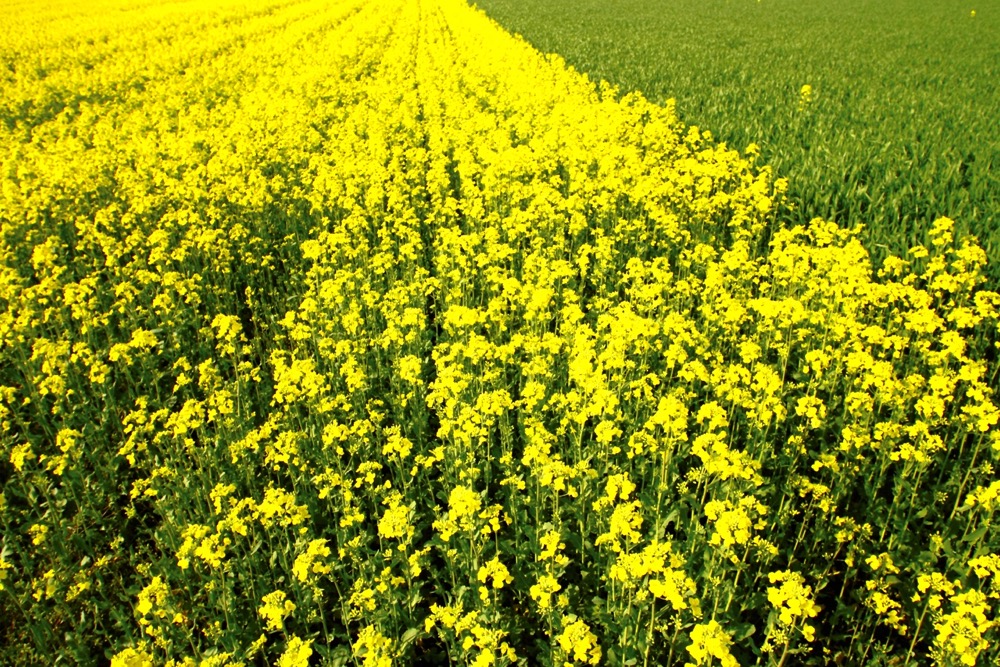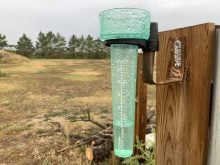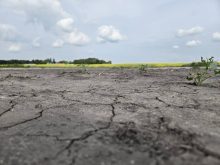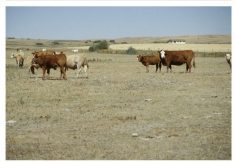It won’t be of any comfort for those who had a wreck this year, but high prices mean gross revenue for most crops may have been as good or better for some compared to last year, according to a provincial market analyst.
“Using the average yields and prices, there is a significant offset of the below-average yields by the high crop prices,” Neil Blue said in an Agri-News article earlier this month. “Of the six highest volumes of production crops in Alberta, only durum is showing a significant drop in gross income when prospects are compared to the fall of 2020.”
Blue used provincial figures for average yields and prices this fall, so his numbers wouldn’t include key factors such as pre-selling. Nor do they break out grades and the impact of lower grades on prices.
But the numbers show gross revenue for wheat and barley was only slightly below 2020 levels. And this year’s gross dollars figures for peas, oats and canola were well above those from a year ago.

However, the tale at the farm gate could be dramatically different, the Agri-News article states.
“There is a large variation in economic circumstances of western Canadian crop farmers this fall, depending on their crop yields, whether or not they purchased crop insurance and at what coverage levels, and whether or not they needed to settle shortfalls on contracted production,” the article states.
However, the gross income figures calculated by Blue do not include crop insurance payouts.
“Although averages provide little consolation to those producers who experienced a 2021 crop failure, an estimate of potential 2021 crop income using estimated average yields and this fall’s average crop prices provide some interesting information on the financial state of crop farmers.”
Read Also
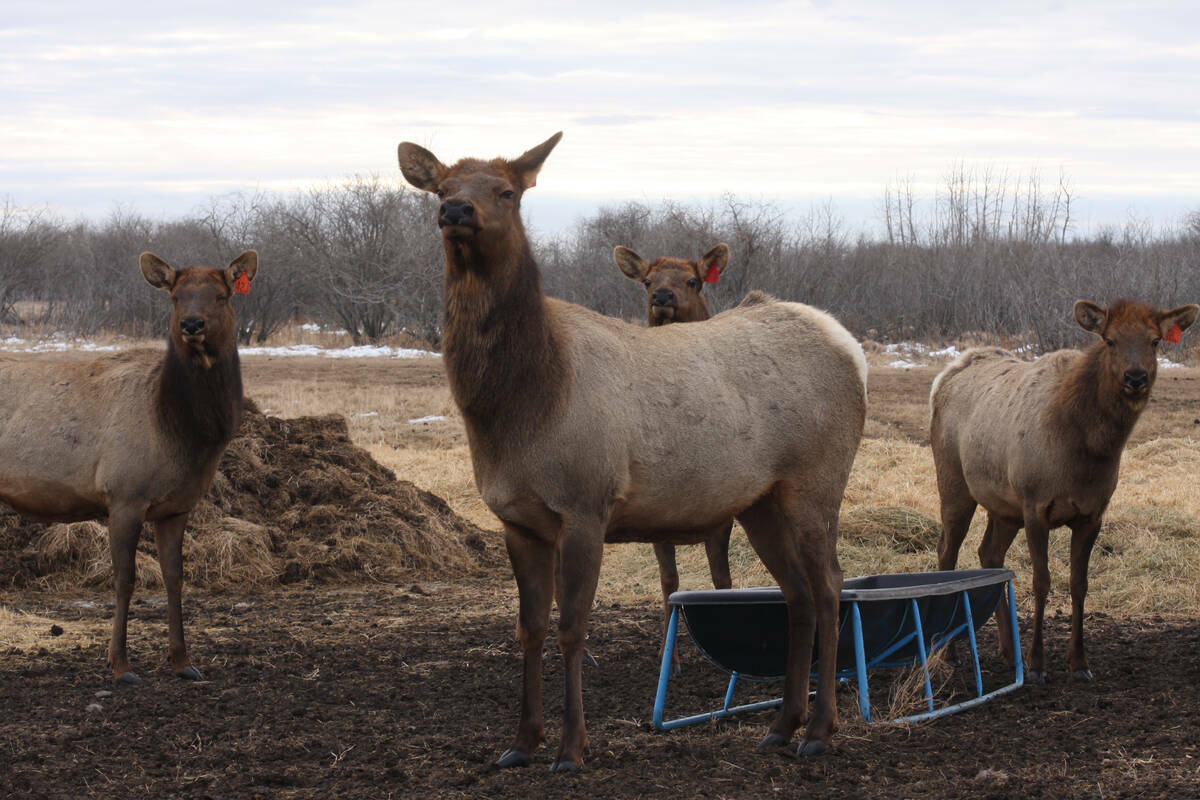
Cervid harvest preserves to be developed in the province under Bill 10
The Government of Alberta has given approval for creation of cervid harvest preserves.
They’re also food for thought for producers looking at the prospects for the coming year. While much of the province is dry, which is stoking fears of another poor growing season, crop prices remain strong, Blue noted.
“Most of the current prices for these crops are higher than the 2021 price averages used in the calculation,” he said.
However, input costs are also going to be much higher than a year ago.
In a report released earlier this month, Farm Credit Canada forecast that herbicide prices will continue to increase — by an average of nine per cent in 2022 — and that seed prices will go up by six per cent.
But those increases pale next to fertilizer price jumps.
The American Farm Bureau’s market economic division recently compared prices in September of this year (which have since increased) to a year earlier. The Market Intel analysis said ammonia rose by 210 per cent, liquid nitrogen by 159 per cent, urea by 155 per cent, and monoammonium phosphate (MAP) by 125 per cent, diammonium phosphate (DAP) by more than 100 per cent and potash by 134 per cent.


